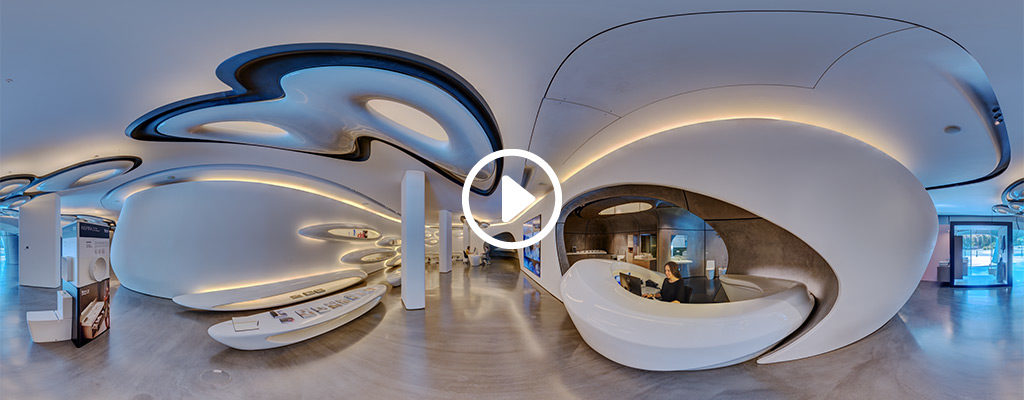Online 360 degree virtual tours are the perfect media to showcase, share and experience architectural, real estate, event, location and interior design projects.
Whilst traditional stills photographs and video do have their uses, they also have their limitations. Stills and video techniques focus upon isolated elements and only record a small part of the scene. However, 360 imagery captures the entire 360 view and places the product in context with its environment. 360 imagery also creates an engaging, high impact and immersive ‘virtual reality’ experience that’s guaranteed to increase your visitor numbers, interest and profits.
If that isn’t enough, here are some more reasons why you should consider investing in 360 degree photography …
- Increasing visitor interest and footfall by showcasing your property on your website. According to marketing experts, 360 photography and virtual tours are the most successful way to promote your location to a global online audience. It’s a ‘sticky immersive media’, which means it grabs the viewer’s attention and they stay longer on your webpage. Increased engagement on your website means more interest, more visitors and ultimately more bookings.
- Promoting your locations to lucrative filming and tv production companies. Tv and filming location fees can generate vast sums of money for individual properties. Media companies are always looking to discover exciting new locations for their latest movies and tv productions. 360 photography peaks interest and allows these companies to view the potential of your property without even visiting. Raising your property’s profile has got to be good news.
- Producing a detailed ultra high resolution insurance inventory and record of your property. Rod Edwards is an industry leader in ultra-high-resolution 360 photography. His images are 288 megapixels and 24k resolution – not just 4k or 8k like most other virtual tour suppliers. This allows for enormous detail and magnification, which is perfect for keeping those insurance companies happy. It also records your valuables in their natural environment without having to photograph them all individually.
- Showcasing difficult to reach or sensitive locations with accessibility and disability issues. 360 virtual reality photography is almost as good as actually being there in person. However, not everyone is always able to see all locations as they may be sensitive or the visitor is physically handicapped. 360 virtual reality photography can conveniently solve this problem online, and they can even be produced to display on large interactive screens at head office, or alternatively they can be viewed locally on iPads and tablets.
- Marketing your locations on your Facebook page, with more social media platforms to follow. Nowadays, social media is an integral part of any online advertising strategy, so its high impact and customer reach should not be overlooked or underestimated. Two years ago Facebook started to natively support 360 photography, so it’s now no more difficult to upload 360 jpg photographs to your Facebook page, than it is to upload traditional stills jpgs. The novelty of high quality 360 degree interactive photos always generates considerable excitement, interest, conversation and viewer comments.
- Creating eye-catching 360 degree photographic stills jpg images. These can be used for marketing, direct mail, wall display and stock library use. With eye-catching 360 media becoming more and more popular, it makes economic sense to take advantage of this new technology.
- Future use in 360 degree virtual reality (VR) projects. 360 degree photography captures the entire location sphere. This media can be incorporated into very high quality interactive virtual reality experiences – both locally and globally. This technology is snowballing and set to continue into the future. Rod Edwards industry leading 360 degree photography is perfect for future VR projects, and his 360 tours can additionally include real location audio sound for a fully immersive experience. To learn more please visit the Virtual Reality page.
To find out more about 360 degree virtual tours, and to view some working examples, please visit the 360 Virtual Tours page.
